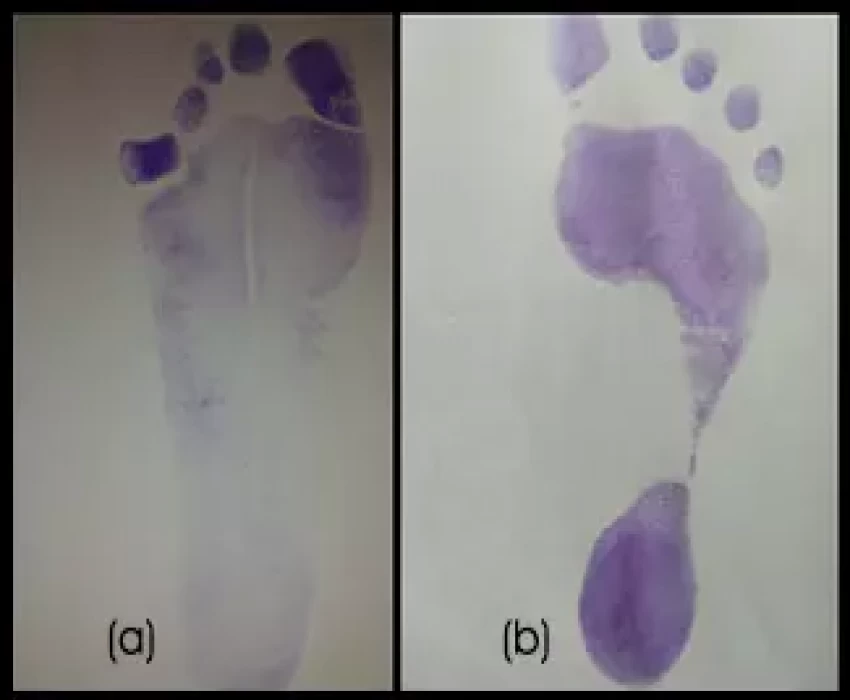The foot is constructed of a series of arches formed by the tarsal and metatarsal bones and strengthened by the muscles, ligaments and tendons of the foot. These are medial, lateral longitudinal arches and the transverse arch. These arches are present since birth but in infants, feet appear to be flat because of the presence of fat. The arch becomes prominent when the child starts walking and the foot starts bearing the weight of the body.
The feet are flexible structures of bones, joints, muscles, and soft tissues that let us stand upright and perform activities like walking, running, and jumping. The feet are divided into three sections:
The forefoot contains the five toes (phalanges) and the five longer bones (metatarsals).
The midfoot is a pyramid-like collection of bones that form the arches of the feet. These include the three cuneiform bones, the cuboid bone, and the navicular bone.
The hindfoot forms the heel and ankle. The talus bone supports the leg bones (tibia and fibula), forming the ankle. The calcaneus (heel bone) is the largest bone in the foot.
Muscles, tendons, and ligaments run along the surfaces of the feet, allowing the complex movements needed for motion and balance. The Achilles tendon connects the heel to the calf muscle and is essential for running, jumping, and standing on the toes.
The arches of the foot, formed by the tarsal and metatarsal bones, strengthened by ligaments and tendons, allow the foot to support the weight of the body in the erect posture with the least weight. Results are:
1. Arch index of children with flat feet in male is 1.05 and in females is 0.99.
2. Arch index of adults with flat foot in males is 1.03 and in females is 0.96.
3. Type of foot (a) Flat foot (b) Normal foot.


